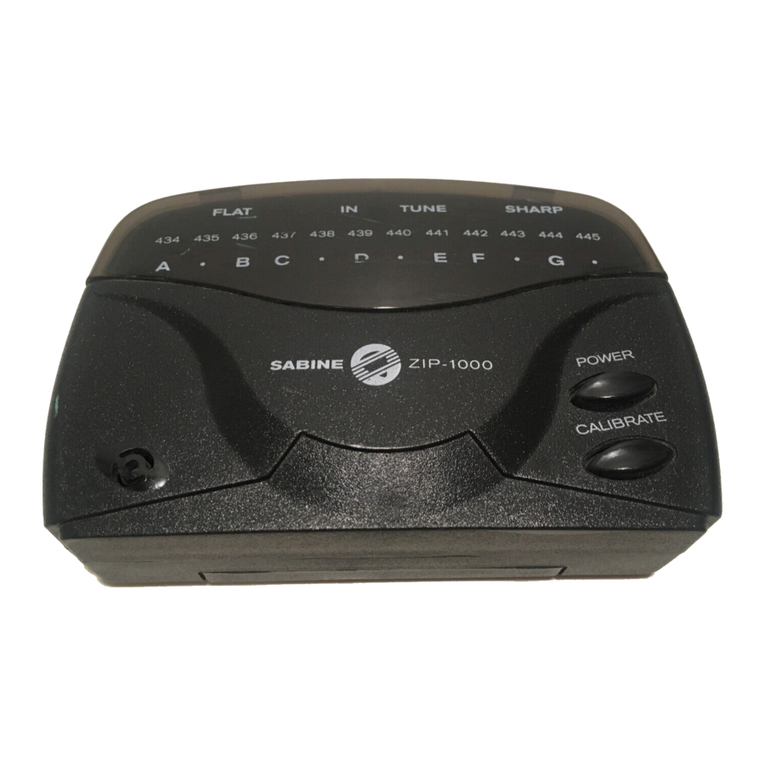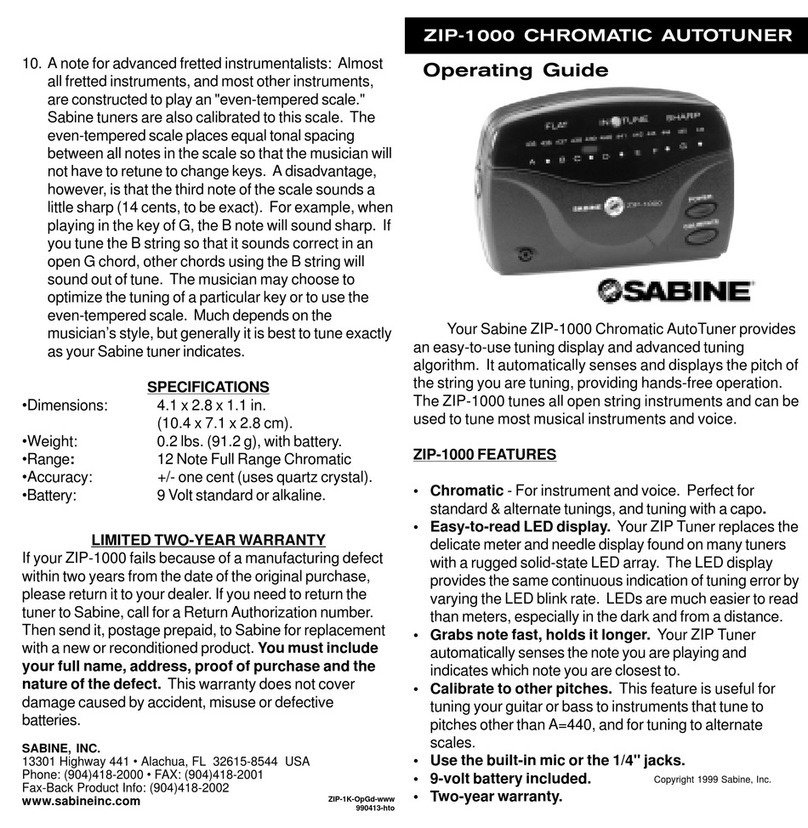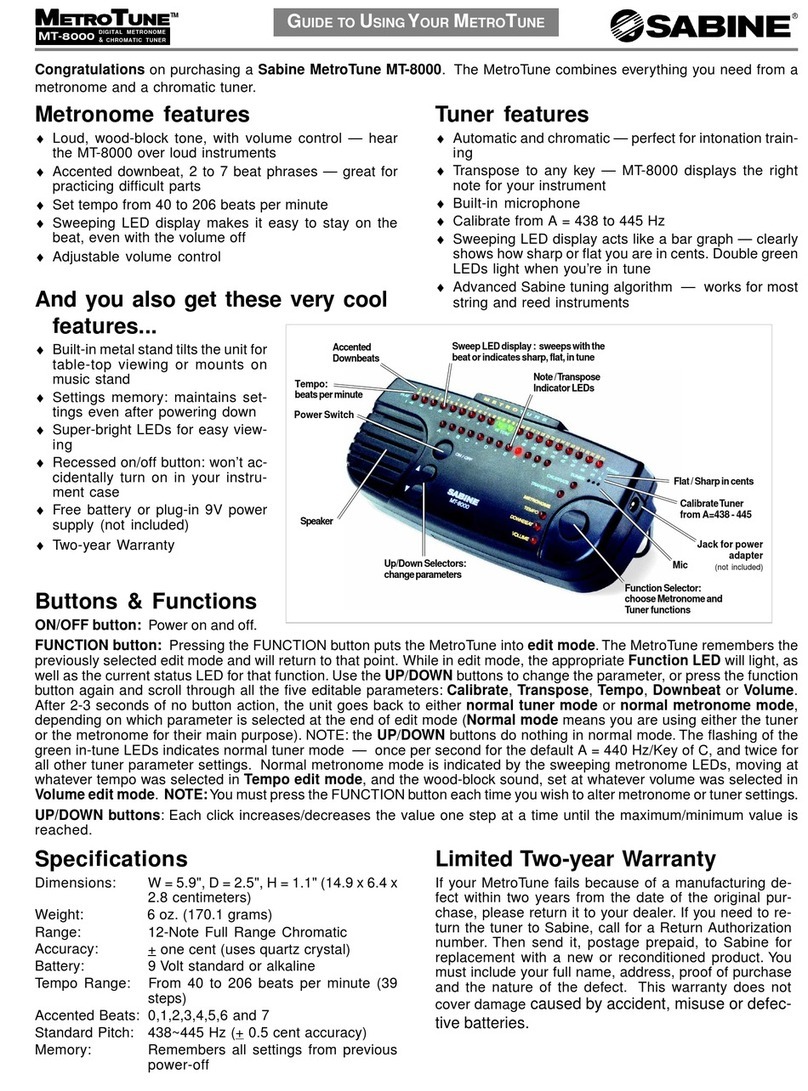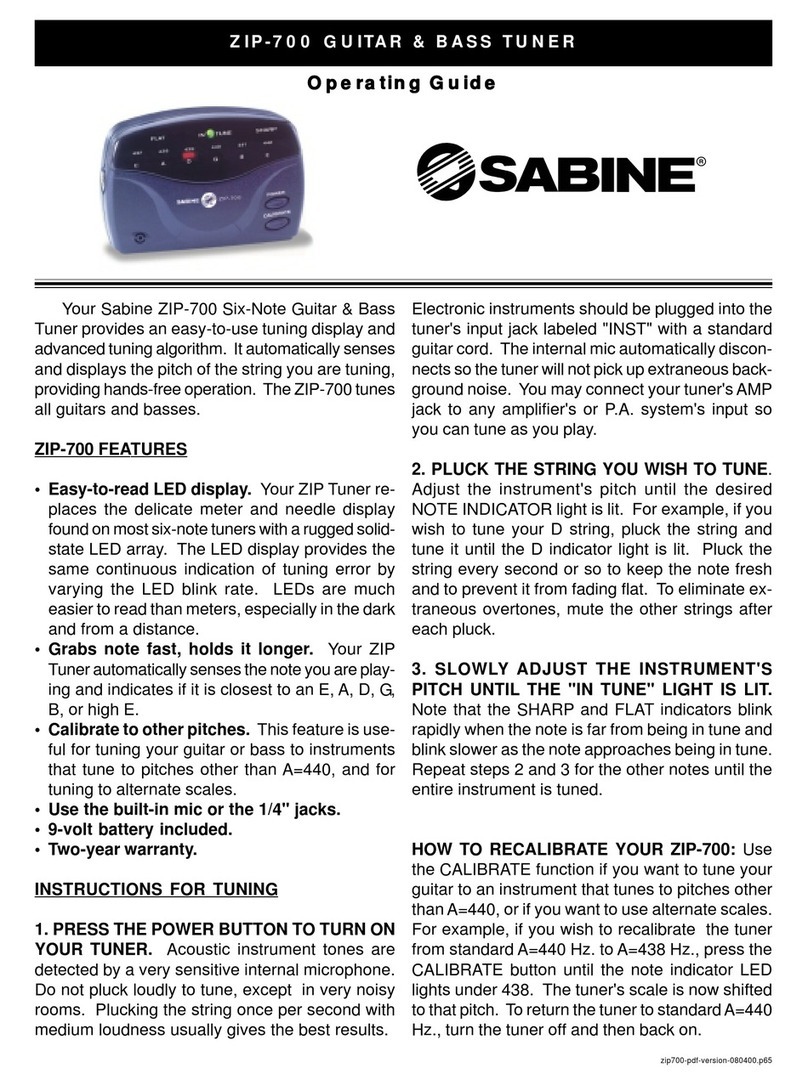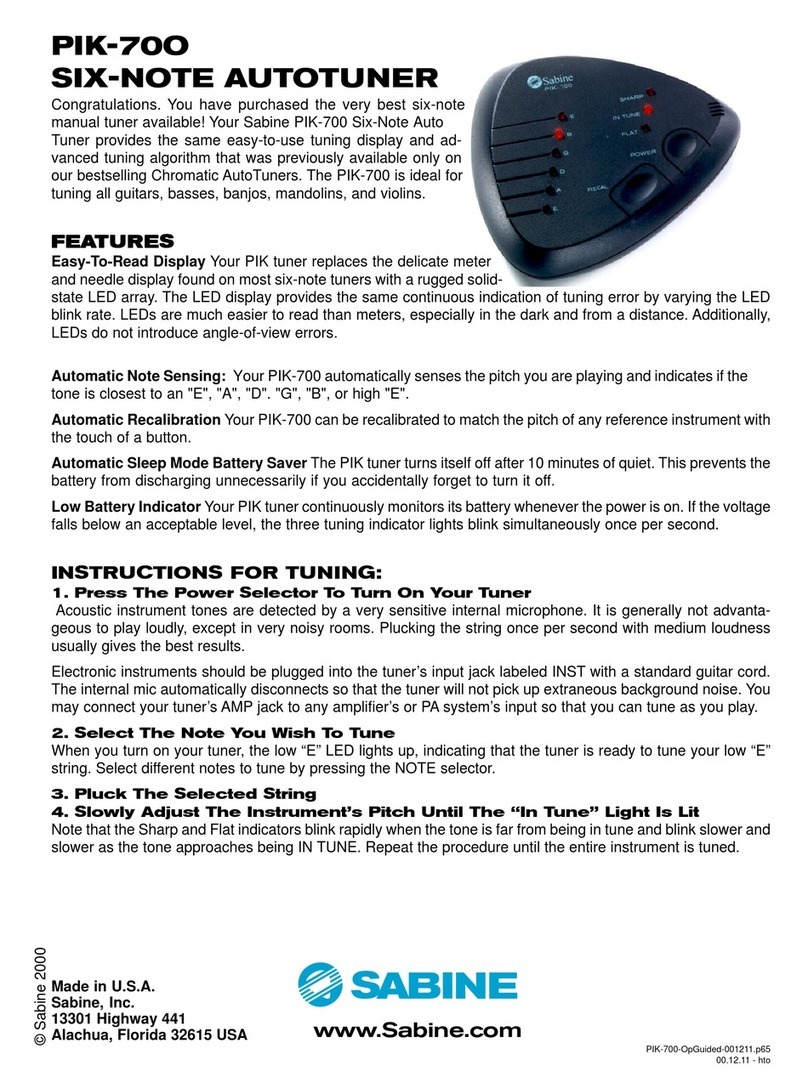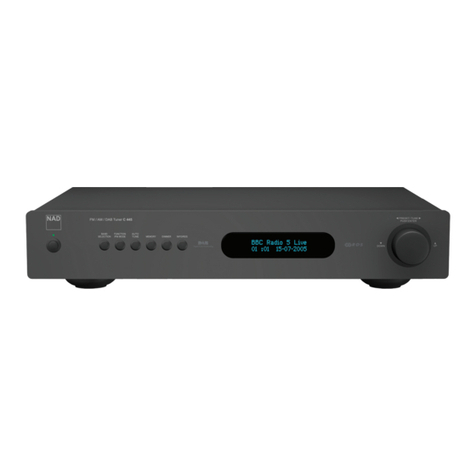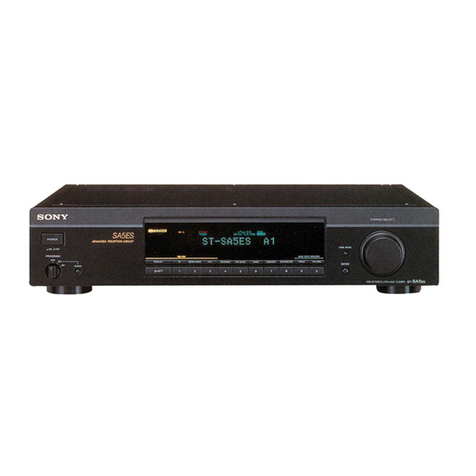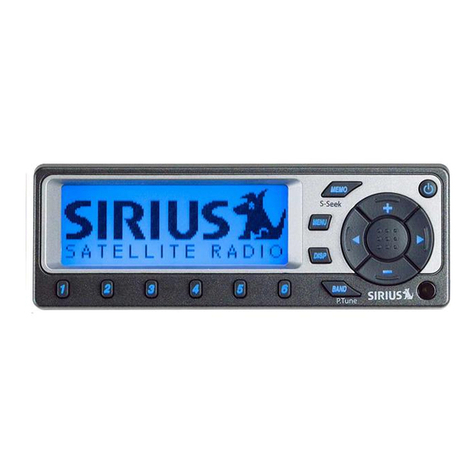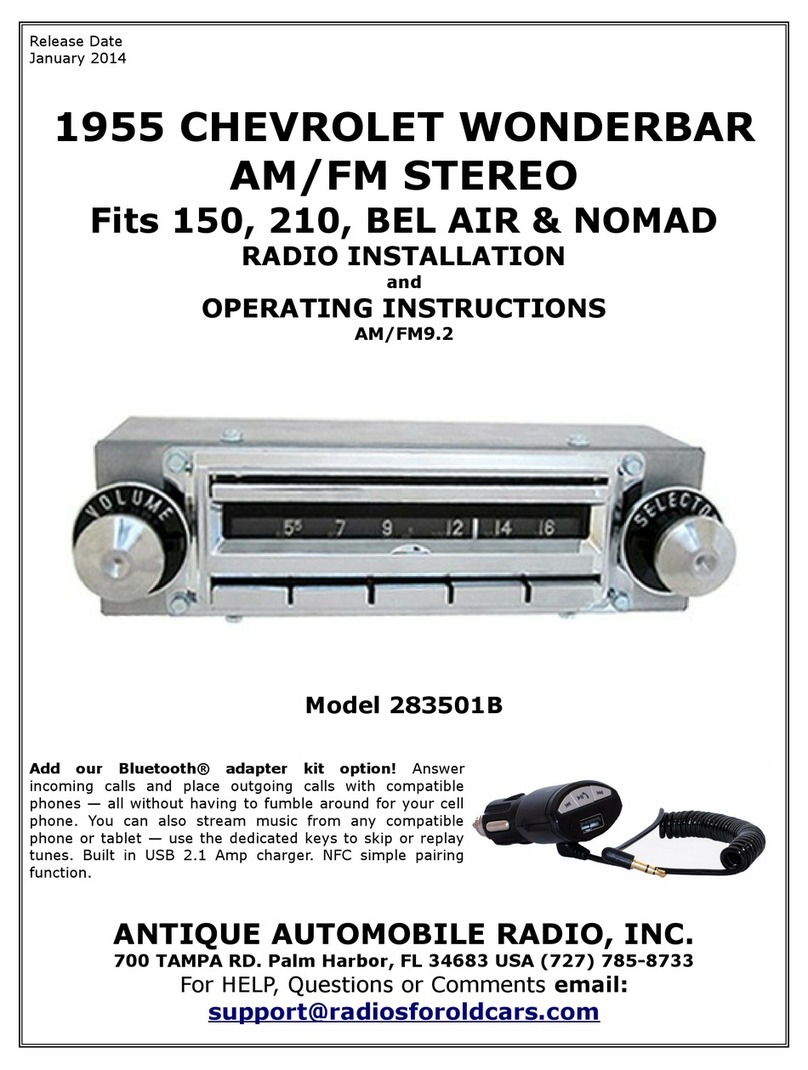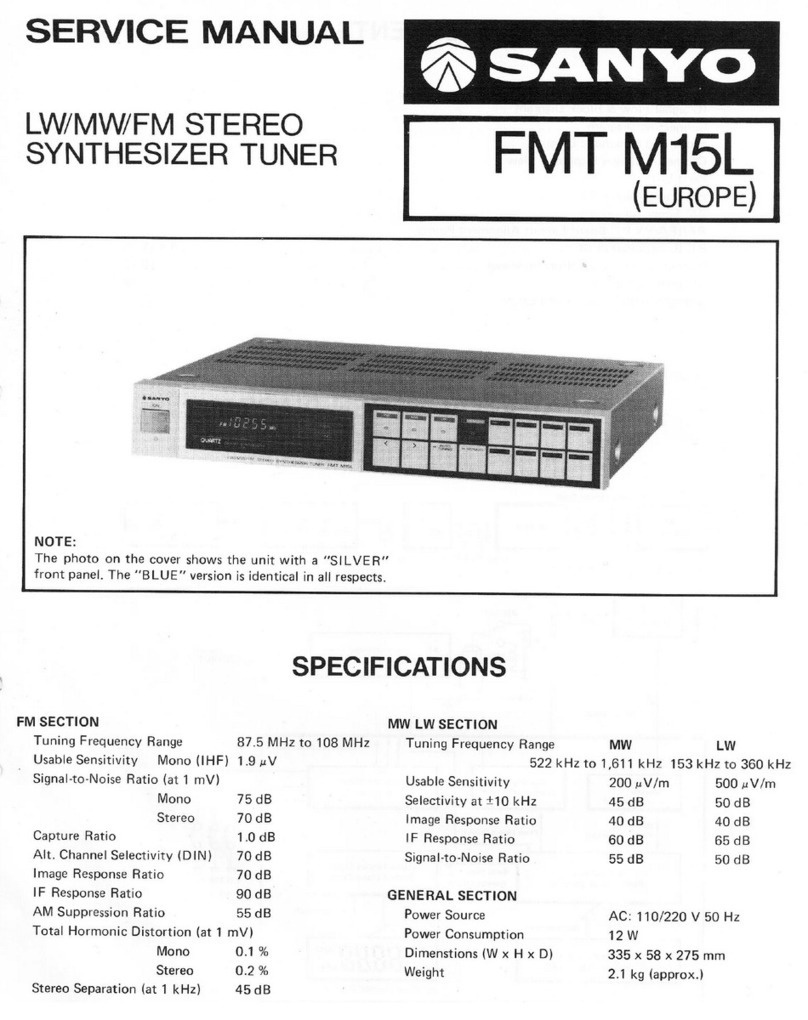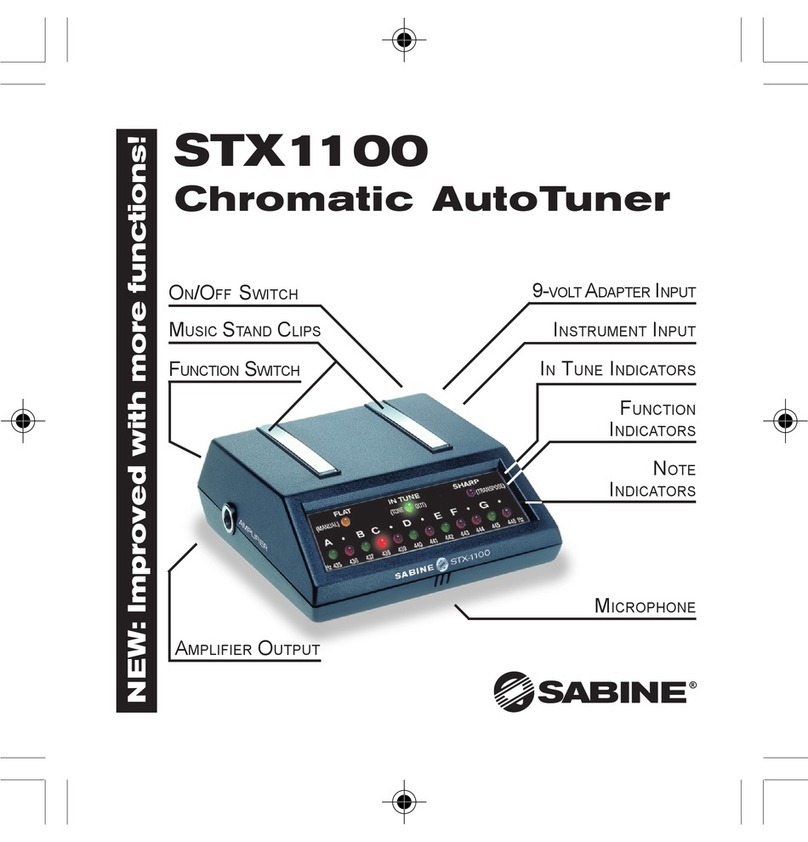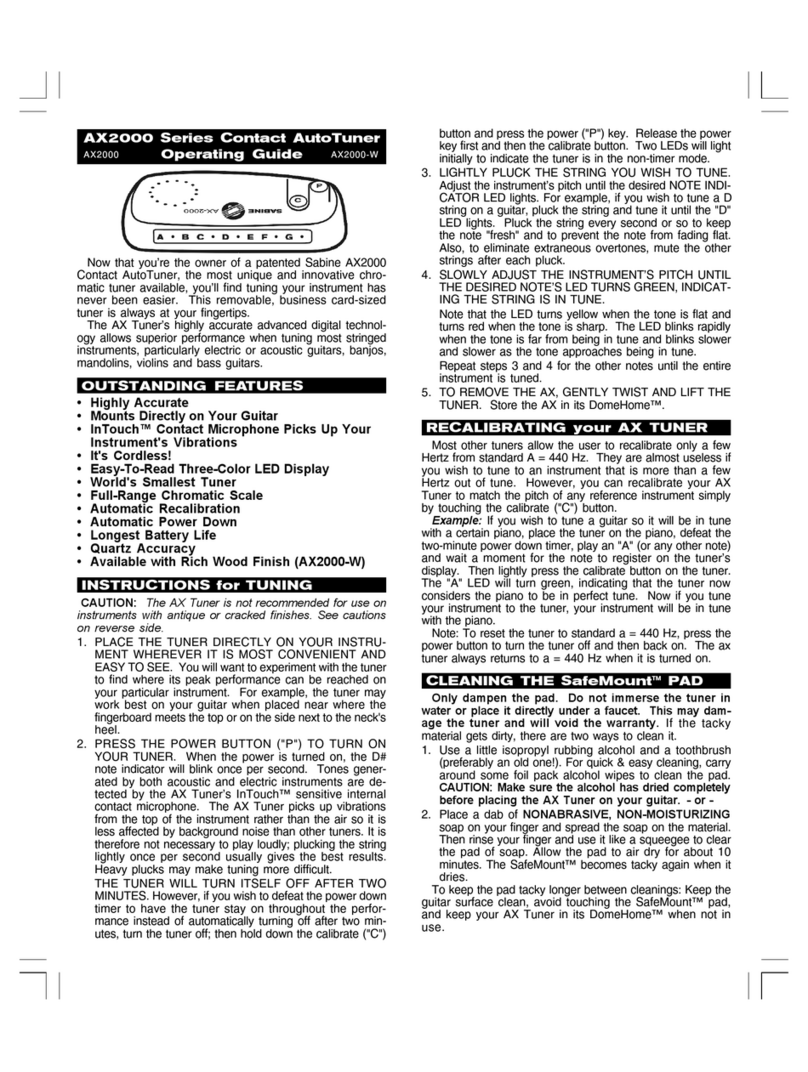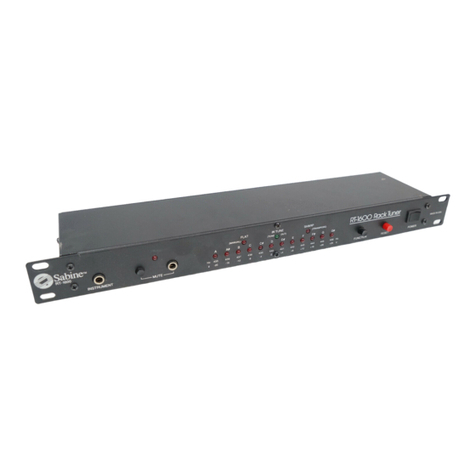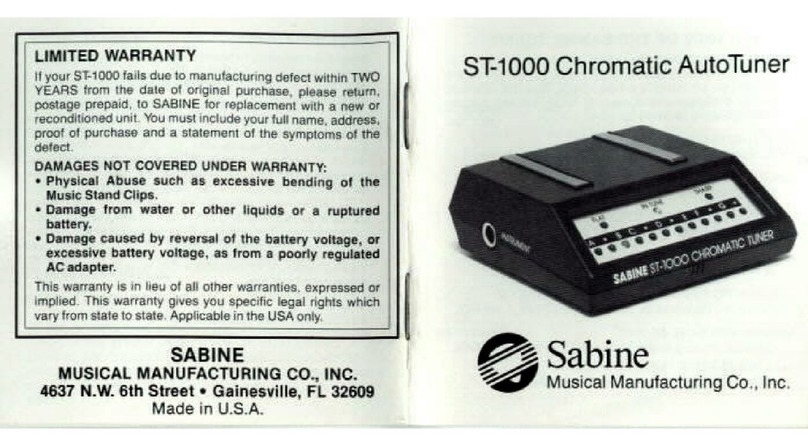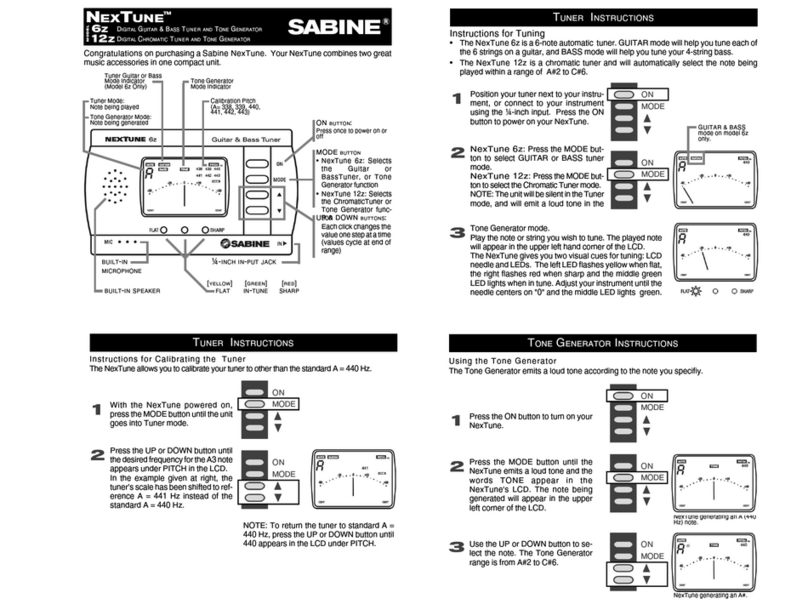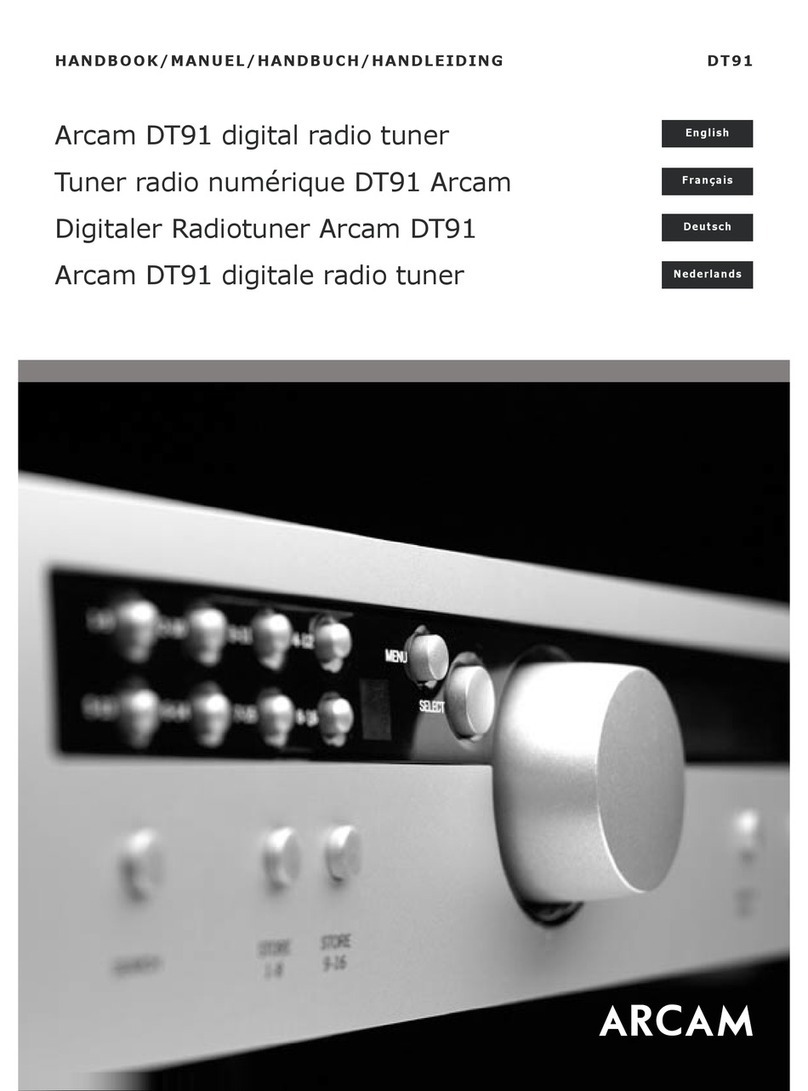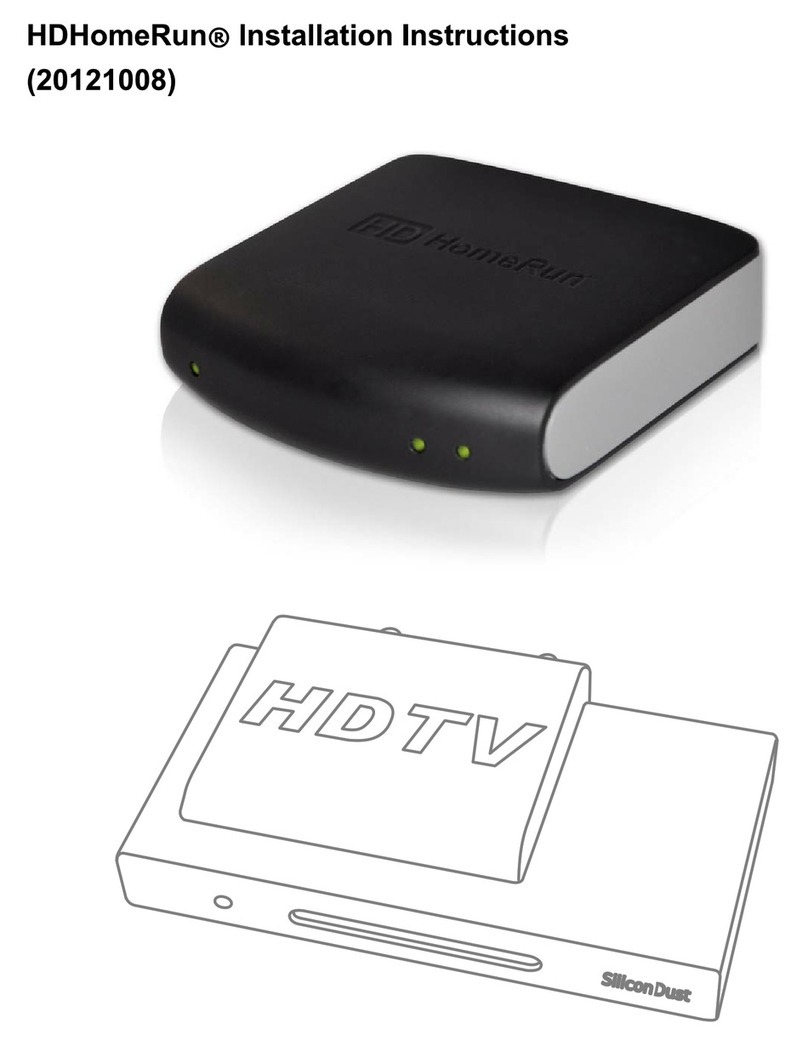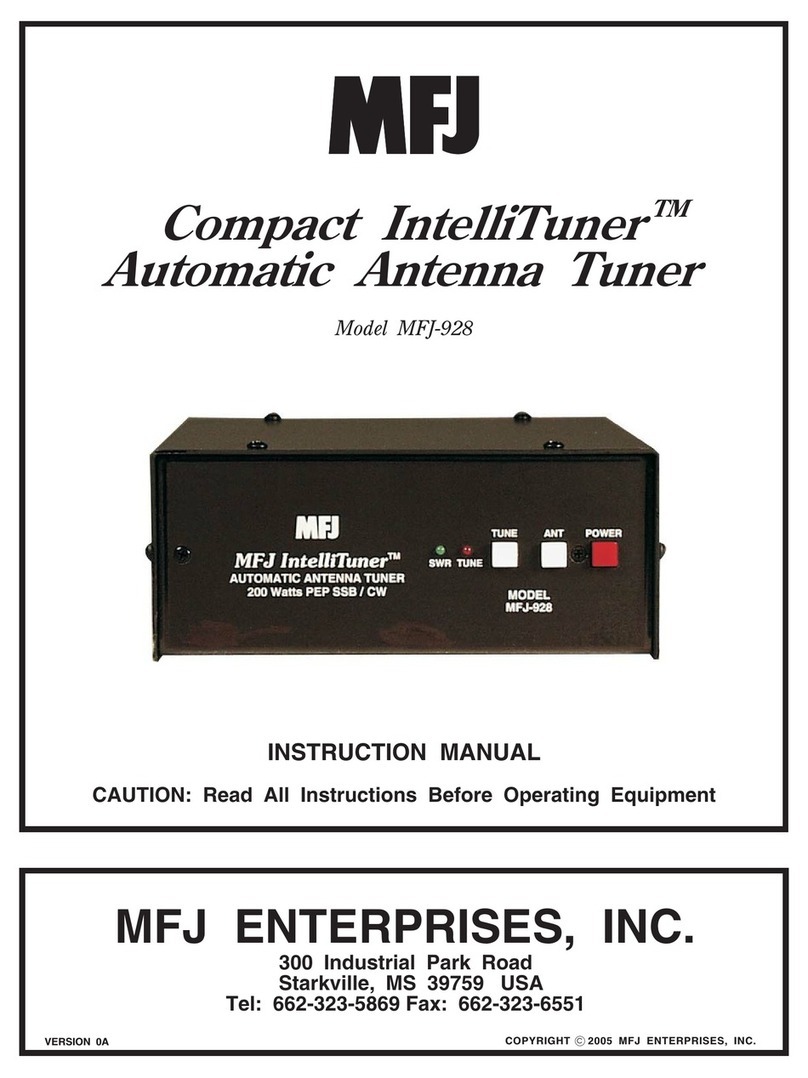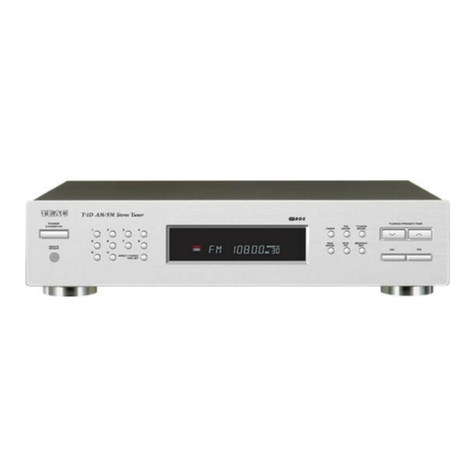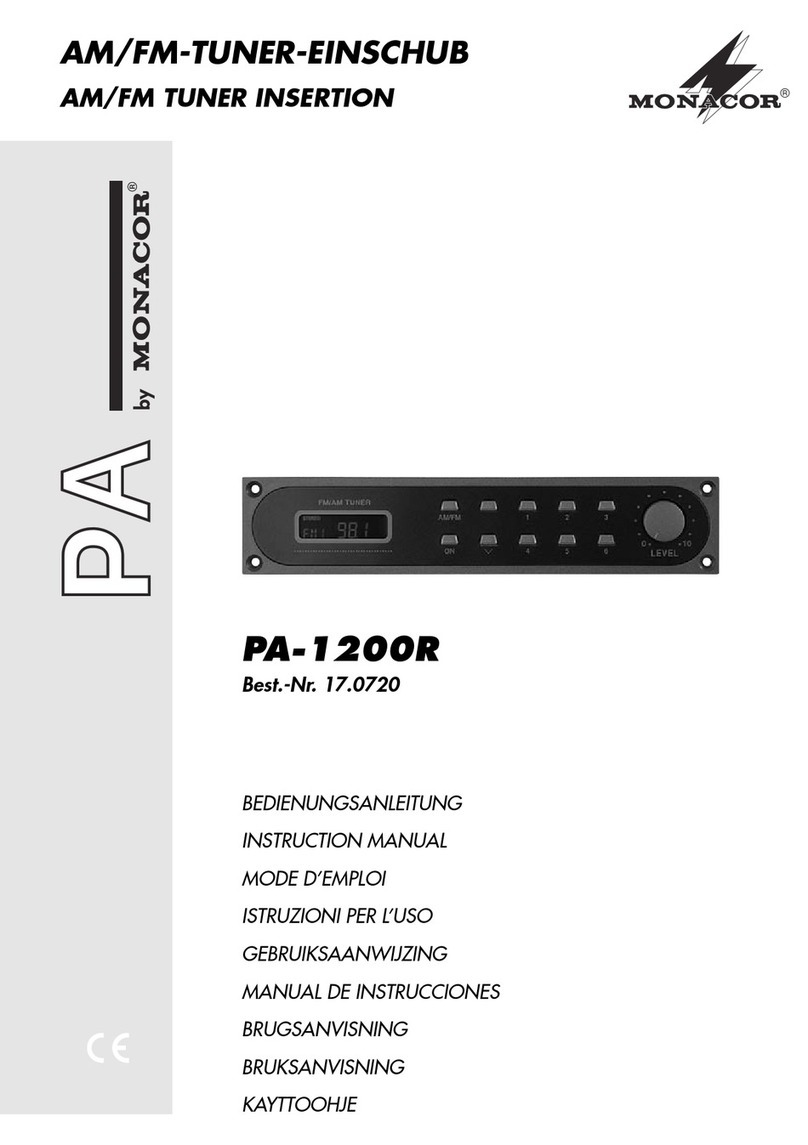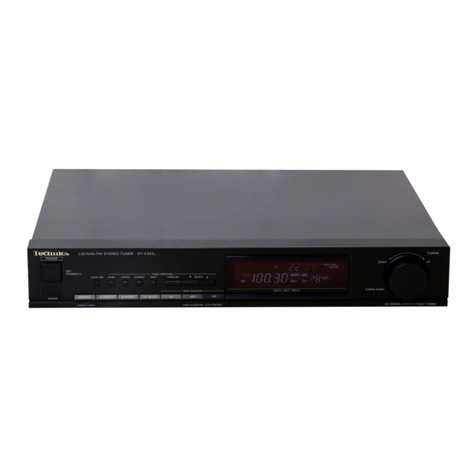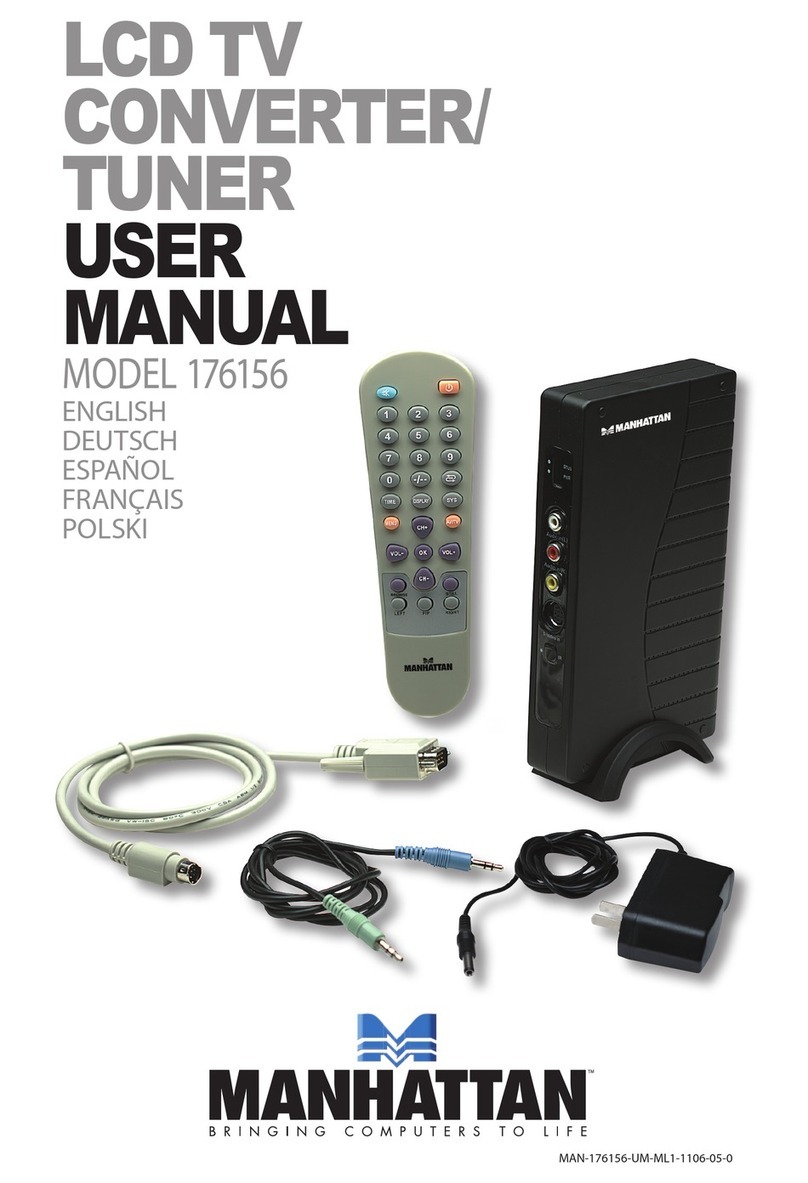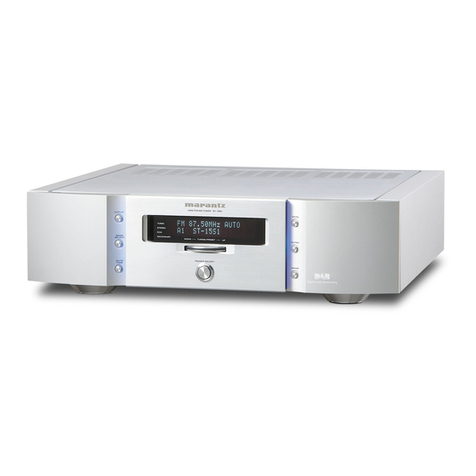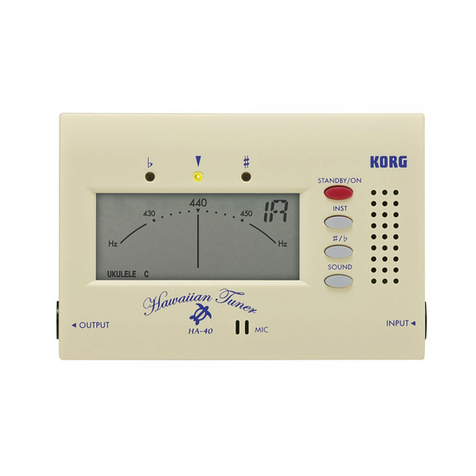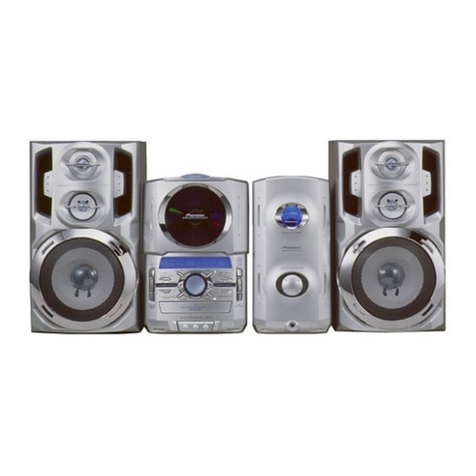
Metronome features
Loud, wood block tone
Volume control (continuous)
Sweeping pendulum LCD & LED
display
Mini Plug Earphone jack
Accented Beats: 0,1,2,3,4,5,6 and
7 beats per measure
Common Rhythm Figures:
Duplet, Triplet (with & without
rest), Quadruplet (with & without
rests)
Tuner features
Chromatic, Automatic
LCD with simulated needle dis-
play, +/- 50 cents
Three-color LED display
Manual calibration, 430 to 449 Hz
Mic for acoustic tuning
¼” input for instrument tuning
Large note indicator
7-octave tuning range (A0 to B7)
Auto-shut off after 3 minutes with
no signal
FEATURES & SPECIFICATIONS
ReferenceTone Generator
Perfect for tuning and ear training
Volume control
4-octave range (A2 to C6)
Calibration: 430 to 449 Hz
Mechanical
Dimensions: W=3.95 in., H= 2.5 in.,
D=0.73 in. (10 cm x 6.3 cm x 1.8 cm
)
Weight: 4 oz. (113.4 grams)
Fold-out stand for desktop view-
ing
Batteries
3 AAA (included)
Memory
Remembers all settings from pre-
vious power-off
WARRANTY
SABINE, INC.SABINE, INC.
SABINE, INC.SABINE, INC.
SABINE, INC.
13301 NW US Highway 441 Alachua, Florida 32615-8544 USA
Phone: (386) 418-2000 FAX: (386) 418-2001
www.Sabine.com
Made in China
© 2002 Sabine, Inc.
LimitedTwo-year Warranty
If your MetroTune fails because of a manu-
facturing defect within two years from the
date of the original purchase, please return it
to your dealer. If you need to return the tuner
to Sabine, call for a Return Authorization
number. Then send it, postage prepaid, to
Sabine for replacement with a new or recon-
ditioned product. You must include your full
name, address, proof of purchase and the
nature of the defect. This warranty does not
cover damage caused by accident, misuse
or defective batteries.
Register Online
Register your Sabine products online at:
www.Sabine.com
IntonationTraining for Wind &
Orchestra Instruments
Use the MT9000 to track every note you
play. Try playing a simple passage and
see how close to "in-tune" each note is.
Strive to get every note as close as pos-
sible to in-tune!
Some Stringed Instrument Tuning Tips
Many musical instruments have peculiari-
ties that cause annoying tuning problems.
Most of these peculiarities are overcome
by following these simple procedures:
Pluck one string at a time.
Pluck the instrument once per second
to keep the note “fresh”while you are
tuning. Notes go noticeably flat a sec-
ond or two after being plucked. If tun-
ing a higher-pitched instrument (such
as a mandolin), pluck a little faster; for
a lower-pitched instrument (such as a
bass), pluck slower.
Do not pluck loudly. Generally light to
medium volumes provide purer tones
that are easier for tuners to analyze.
Pluck the strings with the flesh of the
thumb. Fingernails and flat picks add
overtones and slow the tuning process.
Tune from a pitch that is flat up to the
pitch you desire. This procedure re-
moves any slack in the gears of the
instrument’s tuning heads. If you tune
from sharp to in tune, the gears will slip
as you play, and the instrument will go
flat after a few minutes of playing.
If you have difficulty getting a note to
register on the tuner, try touching the
other strings lightly to stop their sym-
pathetic vibrations. This will eliminate
any extraneous overtones that may dis-
turb the tuning.
Use good strings. Old strings lose
their uniformity and do not vibrate
evenly. New strings stretch flat as you
play.
All sources of friction cause tuning
problems. For example, if the slot in an
instrument’s nut is too tight, the string
will be pulled flat as it is played. A tight
nut (or capo) will cause the string’s
pitch to change in steps rather than
evenly.
Avoid pressure on the instrument while
tuning. Even moderate pressure on
the neck of a guitar will cause a notice-
able change in pitch. Also, press the
strings straight down to the fingerboard.
Bending the strings sideways is very
common, especially on difficult chords,
but causes the strings to be pulled
sharp.
A note for advanced fretted instrumen-
talists: Almost all fretted instruments,
and most other instruments, are con-
structed to play an “even-tempered
scale.”Sabine tuners are also cali-
brated to this scale. The even-tem-
pered scale places equal tonal spacing
between all notes in the scale so that
the musician will not have to retune to
change keys. A disadvantage, how-
ever, is that the third note of the scale
sounds a little sharp (14 cents, to be
exact). For example, when playing in
the key of G, the B note will sound
sharp. If you tune the B string so that
it sounds correct in an open G chord,
other chords using the B string will
sound out of tune. The musician may
choose to optimize the tuning of a par-
ticular key or to use the even-tempered
scale. Much depends on the musician’s
style, but generally it is best to tune
exactly as your MetroTune indicates.
INTONATION T RAINING &TUNING T IPS
MT9000-OpGuide-021122-W.pmd
